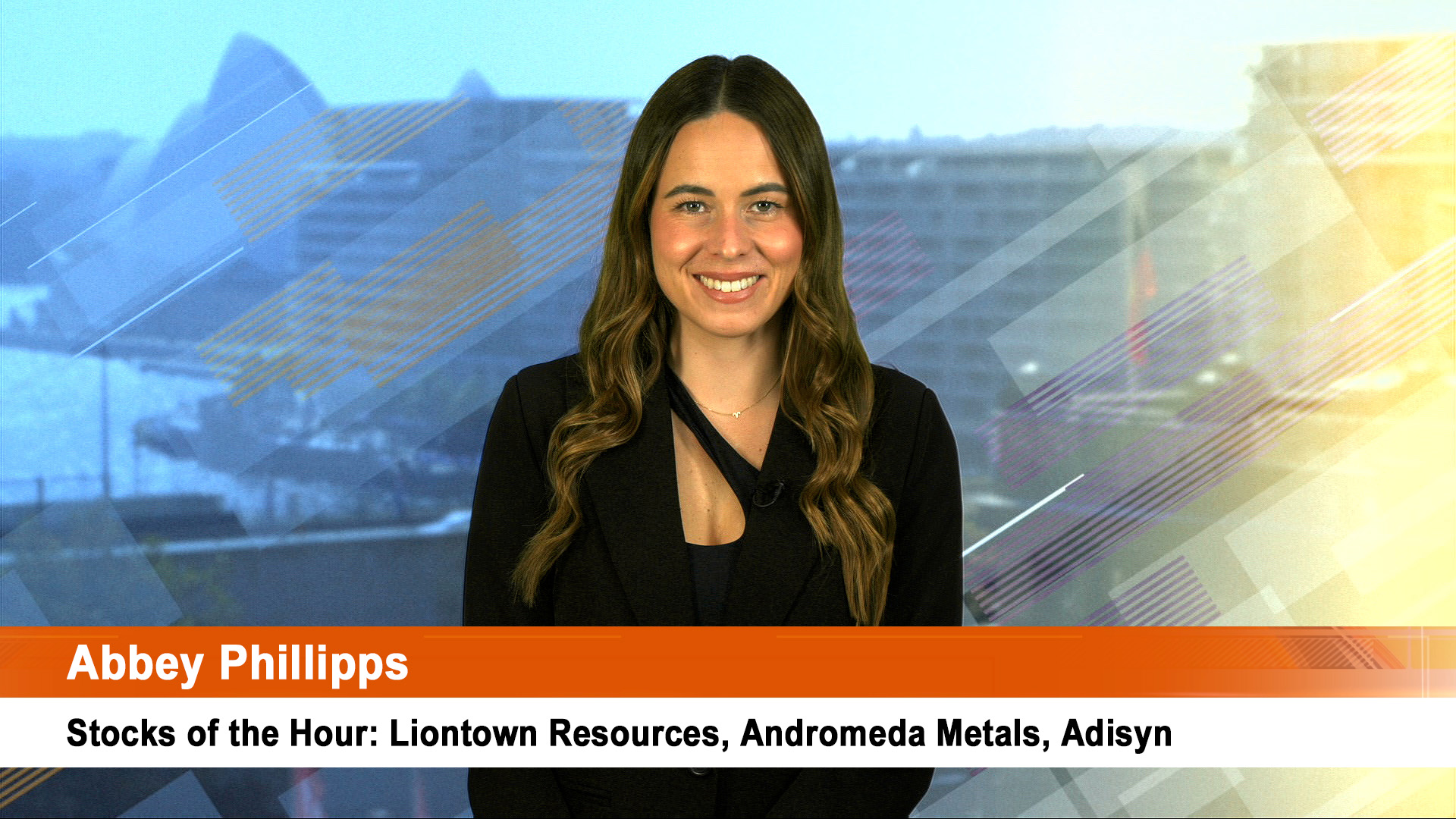
The ABS reported a small rise in retail sales for January: a bullish point given the flow of poor data from other sources in the past few days.
The ABS said retail trade rose a “seasonally adjusted estimate increased by 0.2% in January 2009. This follows increases of 3.8% in December and 0.4% in November 2008".
It would seem there was still a small echo from the stimulus generated rise in retail sales in December.
The ABS said sales at cafes, restaurants and on takeaway meals were up an impressive 2.3% in January on the December figure in seasonally adjusted terms.
That was after a very sharp fall in December though, so there could have been a bit of a bounce and statistical ‘noise’ being smoothed out.
Food retailing in the month was up 1.5% with clothing and soft good sales increasing by a healthy 0.8%.
The end result was the 0.2% rise in total retail sales up in the month.
Department stores fell, down 0.5%, which is bad news for Myer and David Jones. Household goods retailers dropped a sharp 4.0%. Consumers spent 0.8% more on clothing.
This was a better result than the market thought. Bloomberg’s survey had a 0.5% drop after December’s strong month.
State by state; saw NSW sales rise 1.9%, followed by the ACT where they increased 1.5%.
Western Australian had a 1.4% gain, while South Australia was nearly flat, rising only 0.1%. Tasmania saw sales down 2.9% in the month, and there was a 1.8% drop in Victoria.
Queensland’s sales were unchanged.
Tomorrow we get more of a look at January with building approvals and the trade figures.
Seeing we have already had solid credit growth in the month and a rebound in new homes, there’s every reason to understand why the RBA didn’t move rates yesterday.
Today’s much awaited 4th quarter GDP figures were further confused by the current account figures for the December quarter which were strongly positive for the December quarter of last year.
The ABS said the current account deficit, seasonally adjusted, fell $3 billion or 32% to $6.499 in the December quarter 2008. The surplus on goods and services increased $2,657m to $4,086m. The income deficit decreased $406m (4%) to $10,442m.
The ABS said that "in seasonally adjusted chain volume terms there was a decrease of $4,208m (37%) in the deficit on goods and services. This is expected to add 1.5 percentage points to growth in the December quarter 2008 volume measures of GDP."
But offsetting that the contribution from federal, state and local governments in the quarter looks to have been weak and negative on some measures.
Working out the impact of this measure on the GDP numbers is considered to be hard ahead of the release of the official figures.
There have also been significant job losses (the February figures are out next week for Australia; America’s are out on Friday and look like pushing the unemployment rate above 8%).
UBS said yesterday Monday’s data on stocks and profits were soft as expected as (but arguably much weaker than consensus).
"Outside of retail (where sales rose, profits fell only modestly and the stocks run-down was likely more unanticipated than elsewhere), virtually all other sectors show a sharp drop in stocks and profits, with a significant drop in Q4 production.
"Indeed, for the sectors in this survey, real ‘sales’ dropped 2.2%, suggesting significant weakness in GDP (P).
"With the GDP print an average of production, income and expenditure, we downgrade our 0.5% Q4 GDP forecast to 0.2% (despite the expenditure side data on profits and stocks being largely as we expected)".
Goldman Sachs JBWere said that "In light of the very weak profits & stocks report, our bottom-of-consensus -0.2%qoq GDP forecast is suddenly looking too conservative. (Last Friday, we were one of only four forecasters expecting a negative outcome this quarter.)
"In the absence of a big positive surprise in the government demand and trade numbers, due out tomorrow, a much bigger GDP contraction can now be expected – possibly as large as -1.0%qoq.
"Looking ahead, despite the sharp fall in stocks, the larger fall in sales and resulting spike in the inventory/sales ratio points to an ongoing rundown of stocks into 2009. This will weigh further on economic growth," the firm said in a note to clients.
Goldman Sachs thought the RBA would cut rates by up to 0.50% yesterday.
Now it’s the 4th quarter growth figures today: with the balance of payments adding 1.5% to growth and government spending looking as though it might cancel that out, it could be down to the farm sector to give us positive growth for the second quarter in a row.
Canada saw its 4th quarter growth fall 0.8%, thanks to the slump in the east of the country caused by the US recession, especially in cars and other manufacturers, and in the slump in oil prices which hit some western states.













